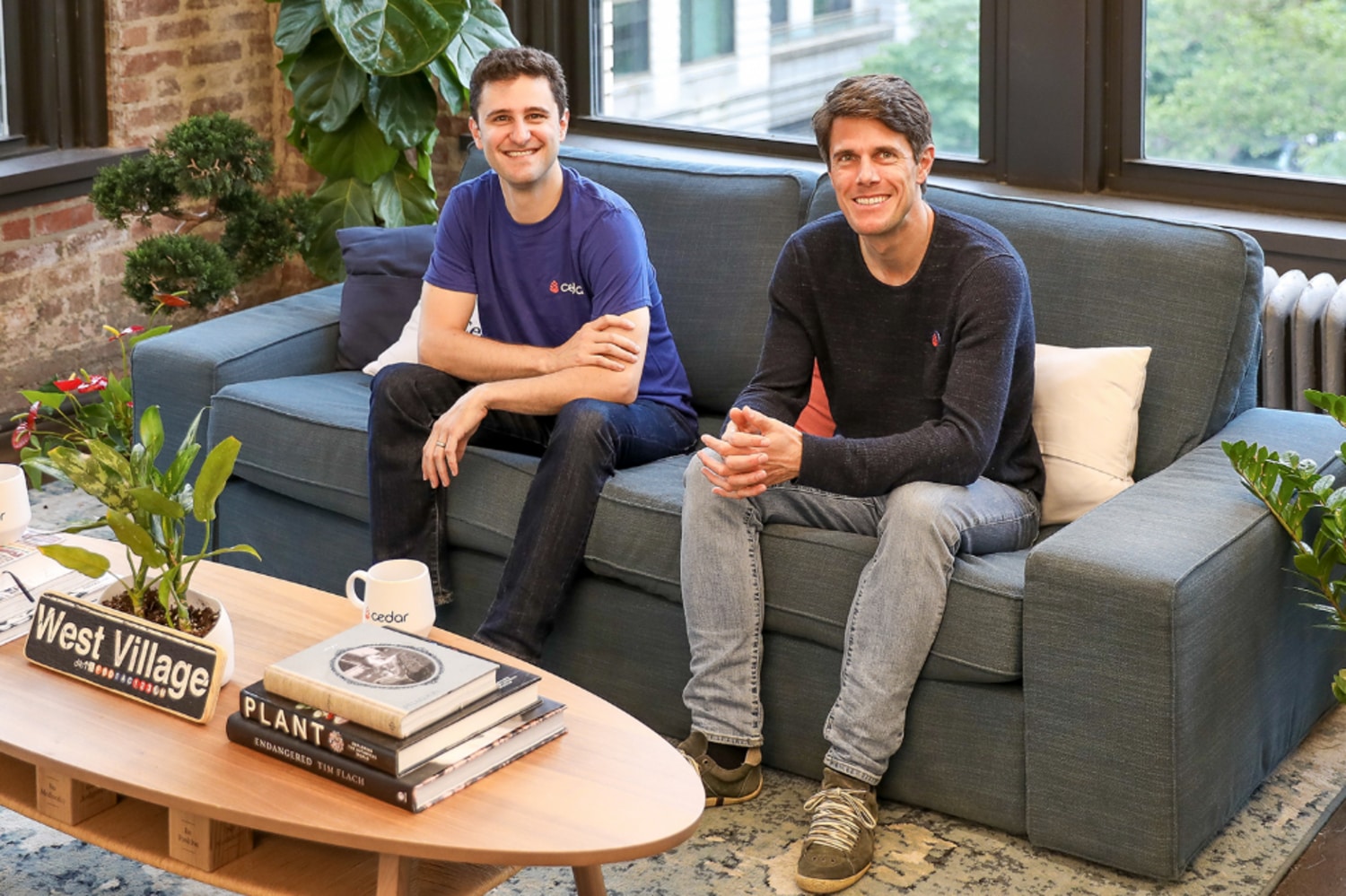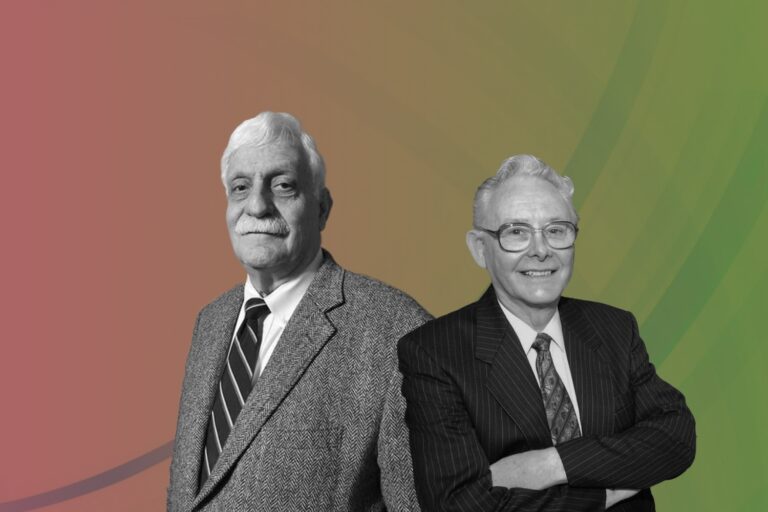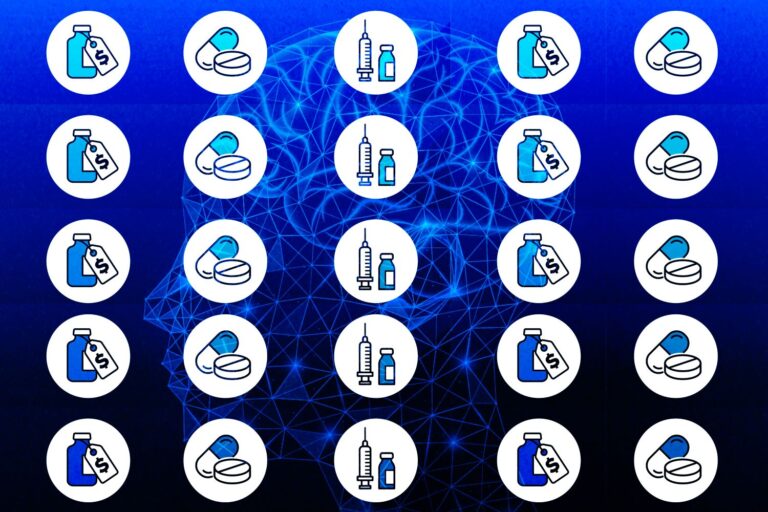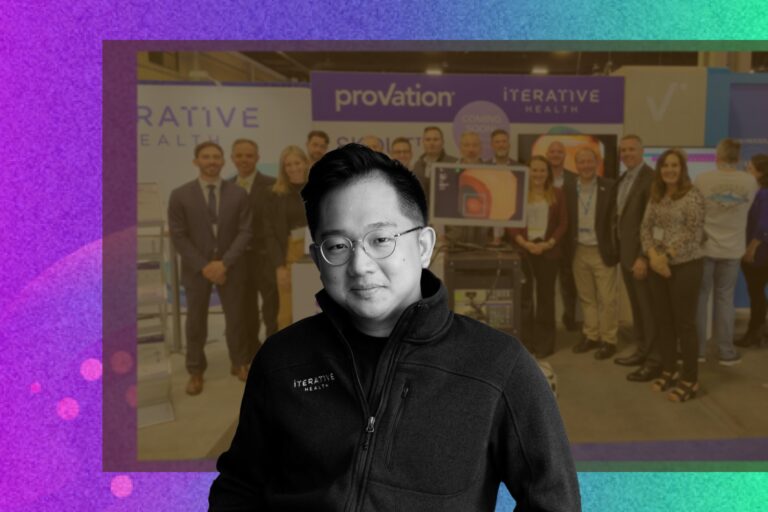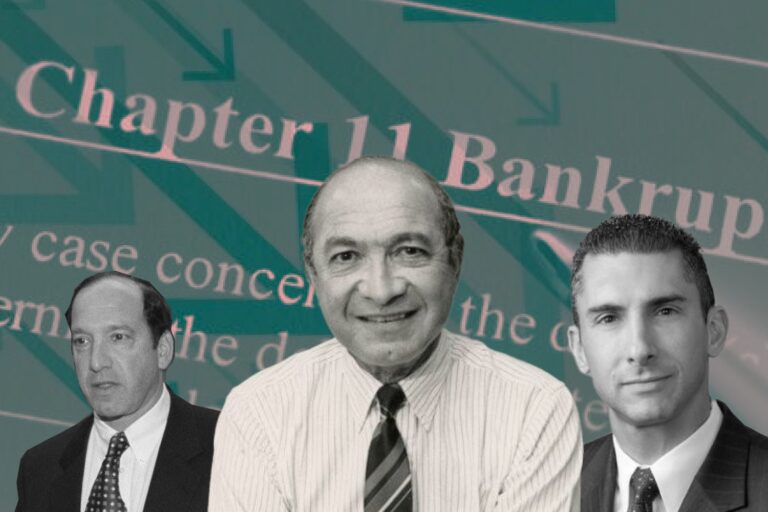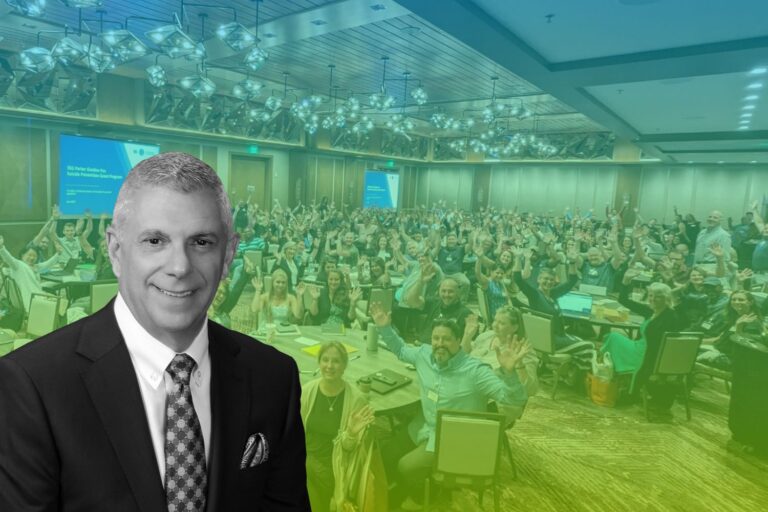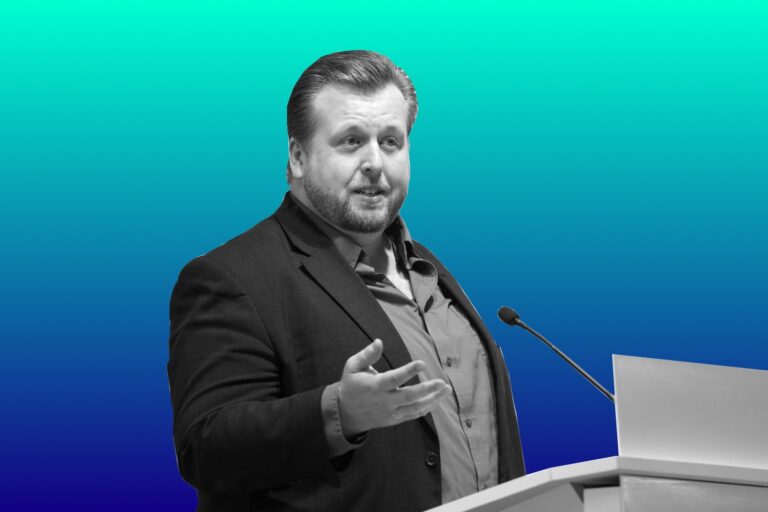Cedar: Embracing Opportunities Presented by Fintech in a New Phase of Healthcare
When consumer-friendly, digital-first experiences are more important than ever in the healthcare landscape, Cedar’s fintech engagement model is equipped with modern intelligence, intuitive product design, and advanced data science to solve many of the fundamental problems that lead to poor consumer financial experiences. Based on consumer-facing technology, it is the only platform to facilitate patient-centric financial engagement across the care journey.
It’s an accomplished entrepreneur and former physician Florian Otto who drives growth and sets overall direction across all facets of Cedar’s operations. Otto began his business career as a strategy consultant at McKinsey & Company within the healthcare practice. Prior to founding Cedar, Otto was an executive at Zocdoc and also founded a daily deal company in Brazil that was eventually acquired by Groupon.
Otto co-founded Cedar in 2016 as a fintech start-up bringing personalization and transparency to the notoriously cumbersome world of healthcare, especially when it comes to billing and payment. The company has experienced tremendous growth since then. Its funds are used to invest heavily in innovative technology that makes the healthcare experience more personalized, transparent, and convenient.
Get Inspired by a Personal Backstory
Seeing a big problem in healthcare, especially in terms of financial experience, Otto started the company together with his co-founder. Everything came more from a personal experience where his wife had a bad billing experience. She went to a hospital, swiped the credit card for the copayment, got a stack of forms to fill out, then the first bill came a month later.
“Nobody really understood it, and it was actually tough to pay. She got the prompt to pay it through a portal, but the portal didn’t work through Google Chrome, so it was a bad experience. Another month later, she got an invoice from the imaging center, and then half a year later, a collector called her for a lab bill that she’d never got. She had changed her address, and they mailed her old address,” he said.
Inspired by this terrible medical billing experience with his wife, Otto founded Cedar. To him, it’s interesting to discover where the expectations of the consumer are and what the problem is. As he realized, both patients and providers are really frustrated with the payment process and the cumbersome communication in between.
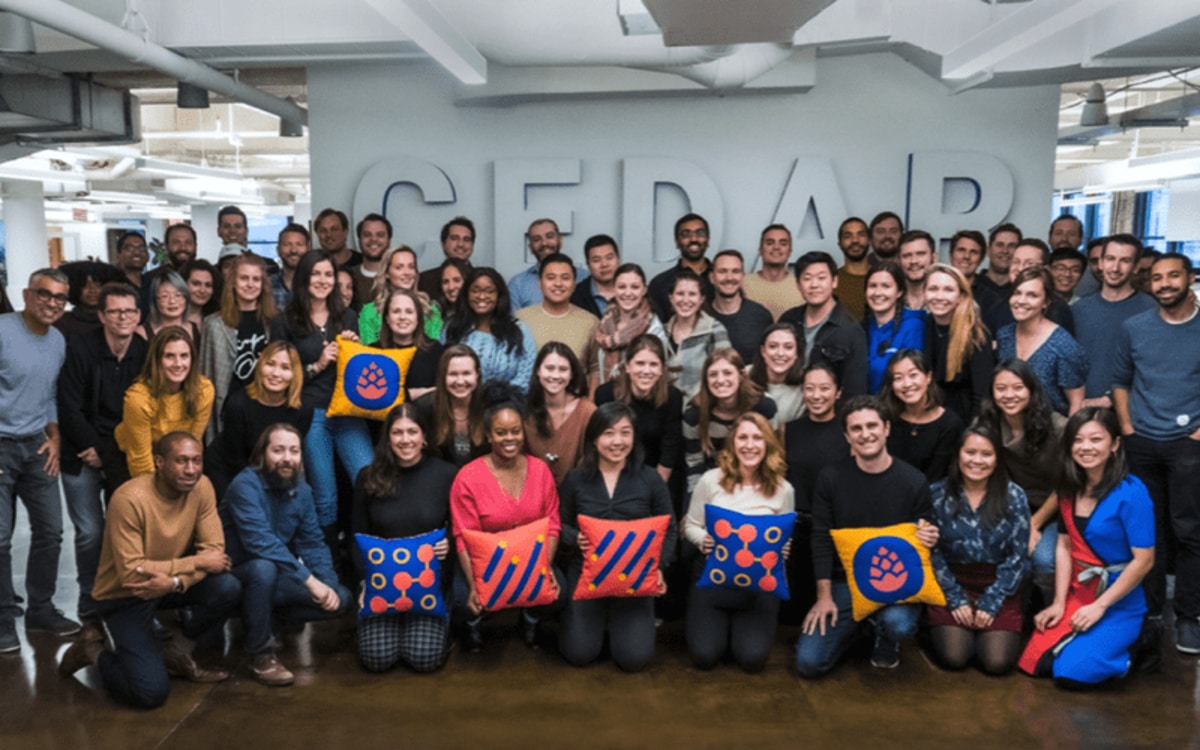
For many Americans, trying to interpret a medical bill can be as difficult as reading a foreign language as there are CPT codes, hospital charges, insurer discounts, random fees, deductibles, etc. Then the ancillary bills may start to trickle in, including a balance from the diagnostics lab, charges for medical equipment, money to pay the doctor who was there during surgery but wasn’t included in the bill from the hospital.
According to Otto,patients want to pay like they pay everything else as well. When they go to a restaurant or shop on Amazon, they love to pay, but healthcare payments are actually really difficult. That was where Cedar came in and what drove them toward the proactive element of creating transparency and personalization in interaction.
Take a Leap of Faith in the Early Days
“If you look at other companies in consumer industries like retail, commercial banking, and air travel, they typically use one technology platform for enterprise functions and another for customer engagement. Cedar aims to be that customer-facing technology layer in healthcare to better engage consumers, analogous to what electronic health record systems are to clinicians and provider staff,” said Otto.
In his opinion, this kind of disruptive innovation can present a challenge in a large enterprise market as hospitals and medical institutions are very risk-averse at the time. Physicians are trained not to take random chances when someone’s health is on the line, but instead to follow a proven pathway. According to Otto, it’s all about risk-taking and it takes time to get people who are willing to take a leap of faith.
On the medical side, risk-taking is not a very good idea. However, on the business side, no risk-taking comes with no improvement. In Otto’s opinion, it’s actually even risky if you don’t take risks. He strongly believes in the mentality that leaders need to be brave enough to innovate, knowing that the consequences don’t harm any person.
“To get there, you first need to clearly articulate your vision and where you want to go with your product. Secondly, you need to find leaders in the field who agree with your mission. Instead of being afraid to break something, we’re looking for people that realize that something is broken already and that the bigger risk is doing nothing,” he said.
Break a Big Problem Down
On the administrative side, healthcare systems are very rudimentary with all the non-advanced technologies. But on the medical side, they are fascinatingly advanced. When it comes to what basically Cedar did and how did it scale, Otto thinks the first thing is a clear hypothesis on what should the product look like. The interesting point here is that the company didn’t take analogies from healthcare, but more from consumer industries.
“Healthcare on the medical side might be different than online shopping, online entertainment, or travel, but the patient is exactly the same patient that also watches Netflix, shops on Amazon, or books a trip on Kayak or Expedia, so on how biased the interaction should be, it is much more aligned with all these other consumer technologies than with any other experience in healthcare,” he explained.
The biggest difference was transparency. People don’t understand the bills just because they are not consumer-friendly. Understanding that, Otto wanted to digitalize everything that used to go over the paper. In doing so, the company knew it should be having a simple and appealing User Interface and User Experience Design for its patients. That’s the very first bucket on the hypothesis, in Otto’s mind.
“The second hypothesis is really the crux of what Cedar is. It is the personalization of everything,” he said. “Everybody knows already for the last probably 40 years, every human being is different and has a different problem, and that’s also on the consumer experience. There’s no difference. Having a one-size-fits-all administrative experience or sending the same bill to every single patient after 30, 60, 90 days makes no sense.”
To make a change, Cedar basically personalized all those experiences so that every single person can get a different invoice. It works like Amazon’s dashboard or Netflix’s recommendation, which are displayed differently based on various consumer behaviors. “That makes total sense. In healthcare, we have this right now as well with Cedar,” Otto stated.
Make a Move into Insurance Market
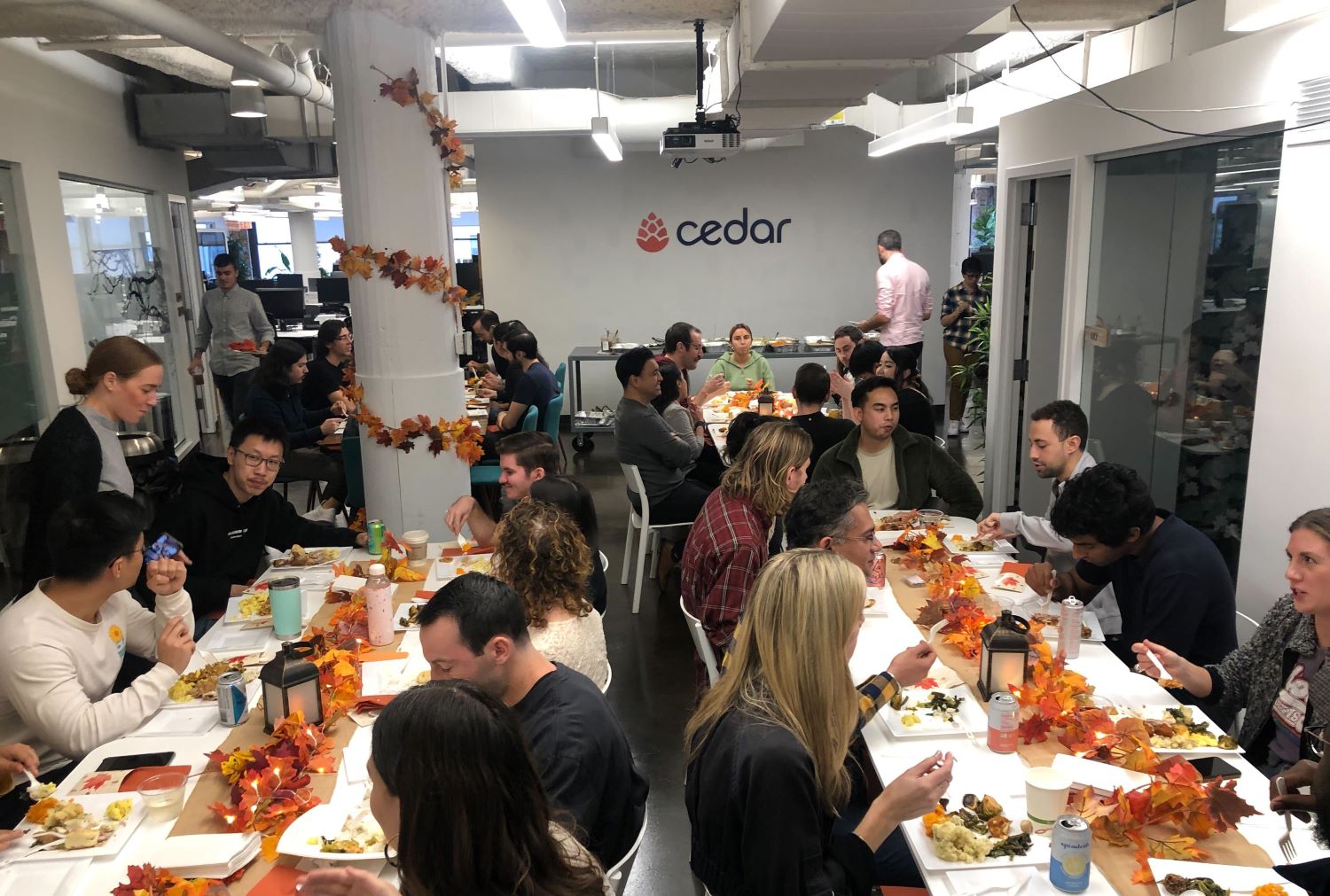
Every year, there are more than 12 million patients across more than 35 healthcare providers using Cedar to verify their insurance, pay a copay before the visit and pay their outstanding bill after a visit. All the billing information is pulled from and integrated back into the patient’s electronic health record. However, even when the hospital or doctor bill now makes more sense, the insurance side is still one major sticking point.
Whenever people visit a hospital, a doctor, or get a prescription, insurers normally send out confusing documents called the explanation of benefits, which explicitly say “this is not a bill” across the top, but confusingly look like a bill. As Otto said, an average patient cannot really distinguish what comes from the provider and what comes from the payer.
To resolve this, medical billing software startup Cedar aims to make it easy for patients with one simplified bill. It’s clear that when consumers have a better understanding of what they’re paying and why, they are more likely to pay their bills, which cuts down on the tremendous administrative burden for everyone involved.
Stick to Technology and Automation
Cedar is more on the technology side with power the automatic chat with machine learning and AI, so it doesn’t employ many people. However, human still plays no less important role. For instance, if the automatic chat does not get the answer to the patient, it gets routed to the provider staff. The company knew that with a little more data, it can present a much more meaningful answer to its patients’ actual questions.
The reality was that most data is still very disorganized and the ability to transfer data hasn’t evolved. But for now, the U.S. healthcare system is in a position where doctors and hospitals are now widely using basic technology. Cedar has thought deeply about building the right team and tools by structuring the team with user experience, design, and data science embedded within its engineering.
“I think that the two big opportunities to improve the system are first building around the system as it exists today and to using machine learning and artificial intelligence to make use of the unstructured information that’s floating around everywhere. We see a new horizon of technology adoption within the U.S. healthcare ecosystem. We’re incredibly excited about the doors and options that this is going to unlock for everyone.” said Cedar Co-founder Arel Lidow.
Strong technology and commercial talent are necessary for any business’s success. In the case of Cedar, strong engineering talent was a must to build its first flagship product. It invested in commercial functions like sales and marketing so that the market could be aware of the value it could bring. As the company scaled, it has been able to expand its team of experts, growing the depth of knowledge within its people.
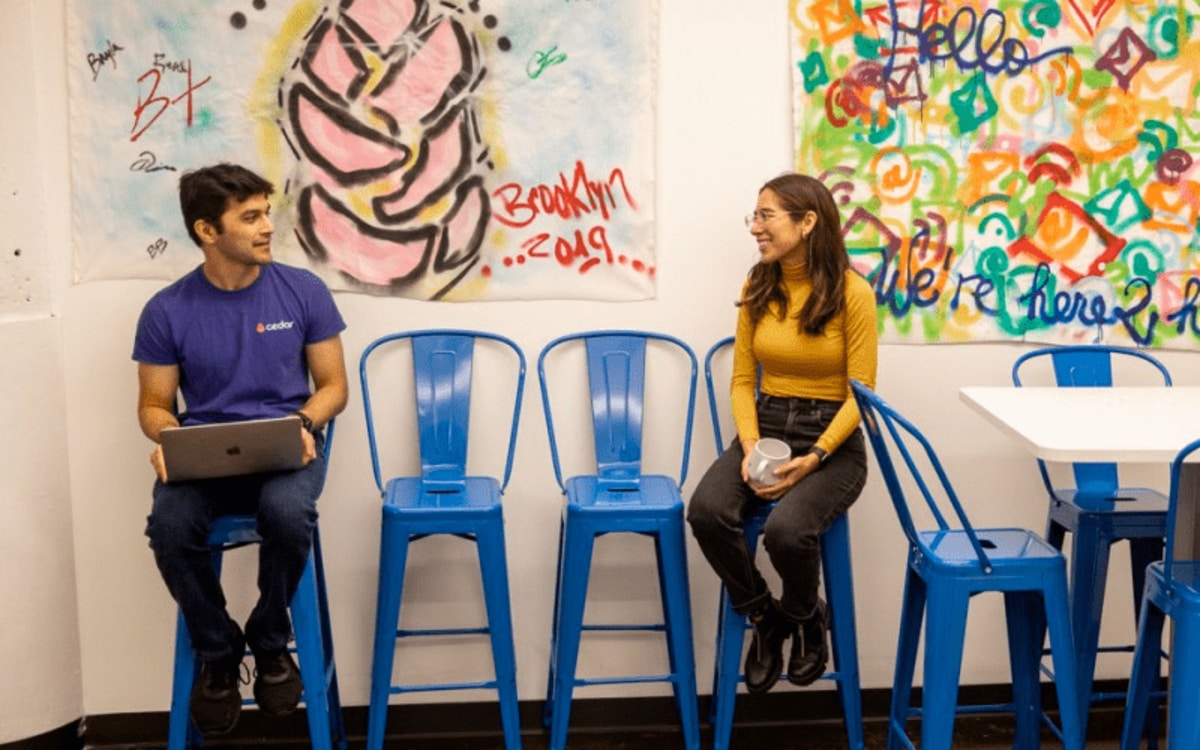
Be Focused on the Mission along the Journey
As its addressable market need has always been there, there was no real turning point for Cedar. Since 2016, Cedar has provided a smarter way to manage the patient payment ecosystem and create a personalized financial experience, while improving billing operations. Till now, Cedar has been the only complete solution to the challenges faced by consumers when paying for care.
“One thing I would share with entrepreneurs, and one of the ways we got Cedar to where it is now, is to stay focused on your mission. There are so many interesting things out there to work on and do, but I have to stop and ask myself does this solve the problem? Is this grounded in Cedar’s mission? If the answer is no, I go back to focus on tasks that are calibrated to move Cedar’s work forward,” Otto said.
At Cedar, the team anticipates product demand continuing to increase for a scalable end-to-end healthcare financial platform. The need has grown significantly, being driven by the increased prevalence of high-deductible insurance plans and growth in patient-cost sharing. The company always makes sure to follow its mission to improve patient experiences and transform healthcare at the root.
Stay Virtual during the Pandemic
At the onset of Covid-19, healthcare became more important than it was ever before. Cedar was involved in the interaction between the patient and the healthcare system on the communication side, a lot of healthcare systems wanted it to communicate to patients. The company is cloud-based shooting updates on a daily basis and it accesses telemedicine by having a more compassionate dunning cycle in terms of invoicing patients.
“Healthcare providers basically saw that they need to modernize right now. Everybody understands that sending physical invoices does not make sense in a post-COVID world,” Otto said. “There was an increased interest in having contact with the patient about check-in with the doctor because right now, nobody wants to really touch the check-in pad that other patients have touched. Of course, Cedar’s solution helps there a lot.”
The company needed to make its clients feel comfortable and safe as the entire sales process is virtually done. Otto thinks it’s really amazing how they quickly adapted to it, and Cedar is proud that it can develop a completely remote model like that. “I think a lot of things will change. I think first, on the healthcare provider side. I might want to focus a bit more there because that’s what I understand well,” he said.
The Bottom Lines
With the line between healthtech and fintech increasingly blurring, it’s time for the healthcare space to find ways around delivering a better consumer experience. By looking at the patient’s journey and business lessons from Cedar, forward-thinking executives can revolutionize healthcare experiences from the initial point of contact to final payment.

